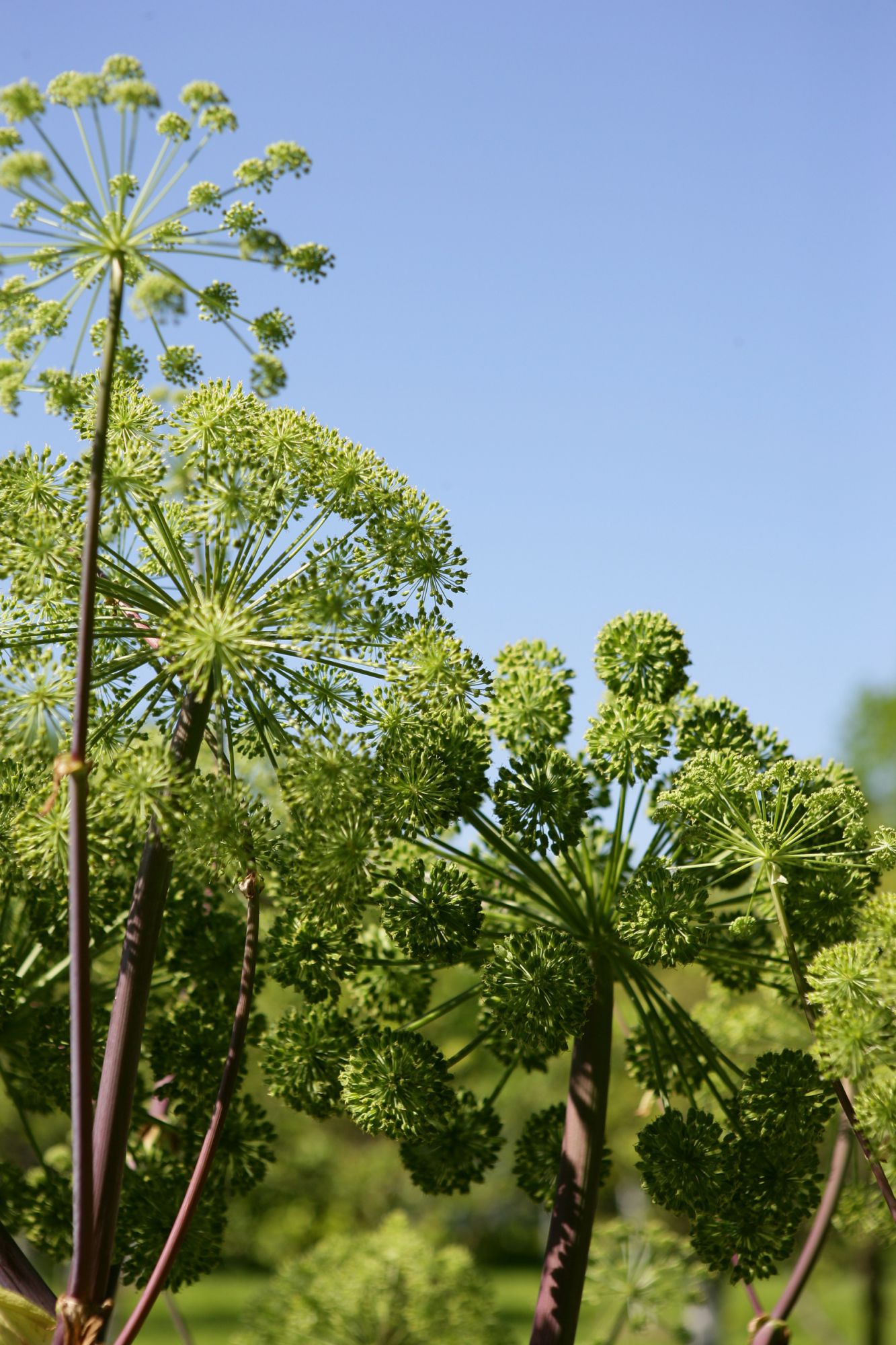-
 Basalt
Basalt
-
 Parasol
Parasol
-
 NASA
NASA
-
 Cerebrovascular accident
Cerebrovascular accident
-
 Mollusc
Mollusc
-
 Pelvis
Pelvis
-
 SEPP
SEPP
-
 Vitamin D
Vitamin D
-
 Fibula
Fibula
-
 Caecum
Caecum
-
 Chronic pollution
Chronic pollution
-
 Zooxanthella
Zooxanthella
-
 Supernova remnants
Supernova remnants
-
 Mineral water
Mineral water
-
 Q fever
Q fever
-
 Meningitis
Meningitis
-
 Achondrite
Achondrite
-
 Cytokinin
Cytokinin
-
 Electrochemical cell
Electrochemical cell
-
 Flag of convenience
Flag of convenience
-
 Shooting star
Shooting star
-
 Crossover
Crossover
-
 Xenopus laevis
Xenopus laevis
-
 EER
EER
-
 ICT
ICT
-
 Critical density
Critical density
-
 Frame
Frame
-
 Kelvin
Kelvin
-
 Epigenesis
Epigenesis
-
 Noma
Noma
Angelica
Angelica is a biennial plant which is commonly found in damp places in Europe and Asia. It is also called "true angelica" or "archangelica" and grows in gardens in open fields and marsh areas. For this reason it is one of the emblem plants of the Poitiers Marsh … and is very popular in confectionery and is also used for digestive problems.
Description of angelica
Angelica belongs to the Apiaceae family like green aniseed or anethum. It has a cinnamon and purple-coloured hollow stem adorned with large dentate leaves. Its fruit is dispermous meaning that it contains two seeds. It looks like the wings of an angel which gave the plant its name.
Angelica flowers are grouped together in umbelliferi and are greenish-yellow in colour. Be careful however not to confuse angelica with another poisonous plant, hemlock . Your sense of smell is a valuable way of distinguishing between them. Hemlock does not have the sophisticated smell of angelica. Rather, its smell is very unpleasant.
Angelica and sunlight: a combination to be avoided
Angelica root is used for its medicinal properties. It is harvested from one or two year old plants and contains approximately 1% essential oil. The root can be taken as an infusion, compacted powder or oral solution and is used to treat common digestive problems such as bloating, belching and difficulties digesting.
It is also used to treat abdominal pain and spasms. Angelica has no contraindications. People are recommended, however, to avoid exposing themselves for long periods of time to the sun or ultraviolet light when a "cure" of angelica has been taken. It carries a risk of photo sensitisation, that is an allergic reaction with light.
Source:
- Phytotherapy, la santé par les plantes, Editor Vidal;
- Plantes médicinales, Gründ
 Angelica, for gastro-intestinal problems © Phovoir
Angelica, for gastro-intestinal problems © Phovoir
Latest
Fill out my online form.



